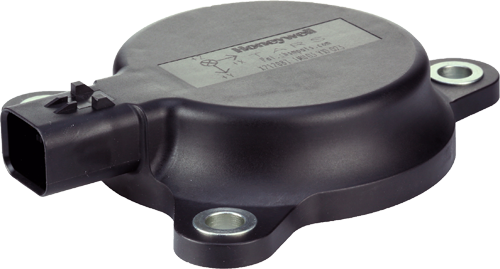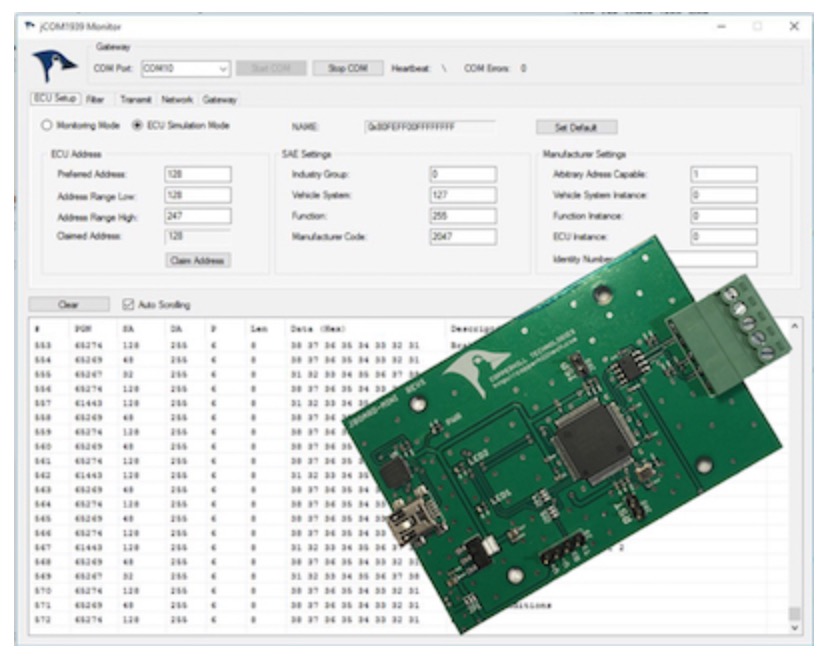Blog
Recent Posts
SAE J1939 Sensor Array Reports Vehicle Angular Rate, Acceleration, And Attitude Data Of Heavy-Duty, Off-Highway Vehicles
Posted by on
Honeywell's Tars (Transportation Attitude Reference System) series of 6D inertial sensor units allows the concurrent acquisition of rotation rate, acceleration, and tilt data for heavy-duty, off-highway, or other specialized vehicles.
The sensors are available from SE Spezial-Electronic. The vehicle network protocol is SAE J1939. The reference sensor unit Tars-IMU operates either with a 5 VDC or 9 to 36 VDC supply voltage and combines several individual sensors in one enclosure. The algorithm for fusion and combination of the various sensor data is adjustable to meet customer requirements for specific vehicle applications via an integrated firmware.
Among many other features, different filters are adaptable, for instance, to address slight movements of the environment and the vehicle. The product utilizes the SAE J1939 network protocol (using the CAN Bus physical layer) and transmits the current 6D data every 10 ms. The inertial sensor unit connects using a standard 16-pin Ampseal connector interface suitable for the automotive industry.
With its IP69/IP69K housing and three mounting points, the sensor unit, designed for operating temperatures from -40 °C to +85 °C, can be mounted at almost any spot on the vehicle or transport container.
SAE J1939 ECU Simulator Board With USB Port
The jCOM.J1939.USB gateway board is a high-performance, low-latency vehicle network adapter for SAE J1939 applications. It allows any host device with a USB COM port to monitor SAE J1939 data traffic and communicate with the SAE J1939 vehicle network.
The board supports the full SAE J1939 protocol according to J1939/81 Network Management (Address Claiming) and J1939/21 Transport Protocol (TP). It is also supported by an extensive programming interface for Windows and Linux/Ubuntu applications, including full C/C++/C# source code for short time-to-market developments.
The strength of the board lies in the fact that the entire SAE J1939 protocol, including all timing requirements, is stored on-chip, thus taking the burden off the main system. The board uses a USB COM port to communicate with the main system, i.e. all data transfer is handled through a standard COM port access.
The communication protocol between the board and the main system is well documented and thus allows a porting to any computer system with a USB connection. Working source code libraries exist for Windows (C# under Visual Studio 2012/2013), Linux and its derivatives (C++ using Code::Blocks), and Raspberry Pi (C using the standard gcc compiler).
 Loading... Please wait...
Loading... Please wait...


